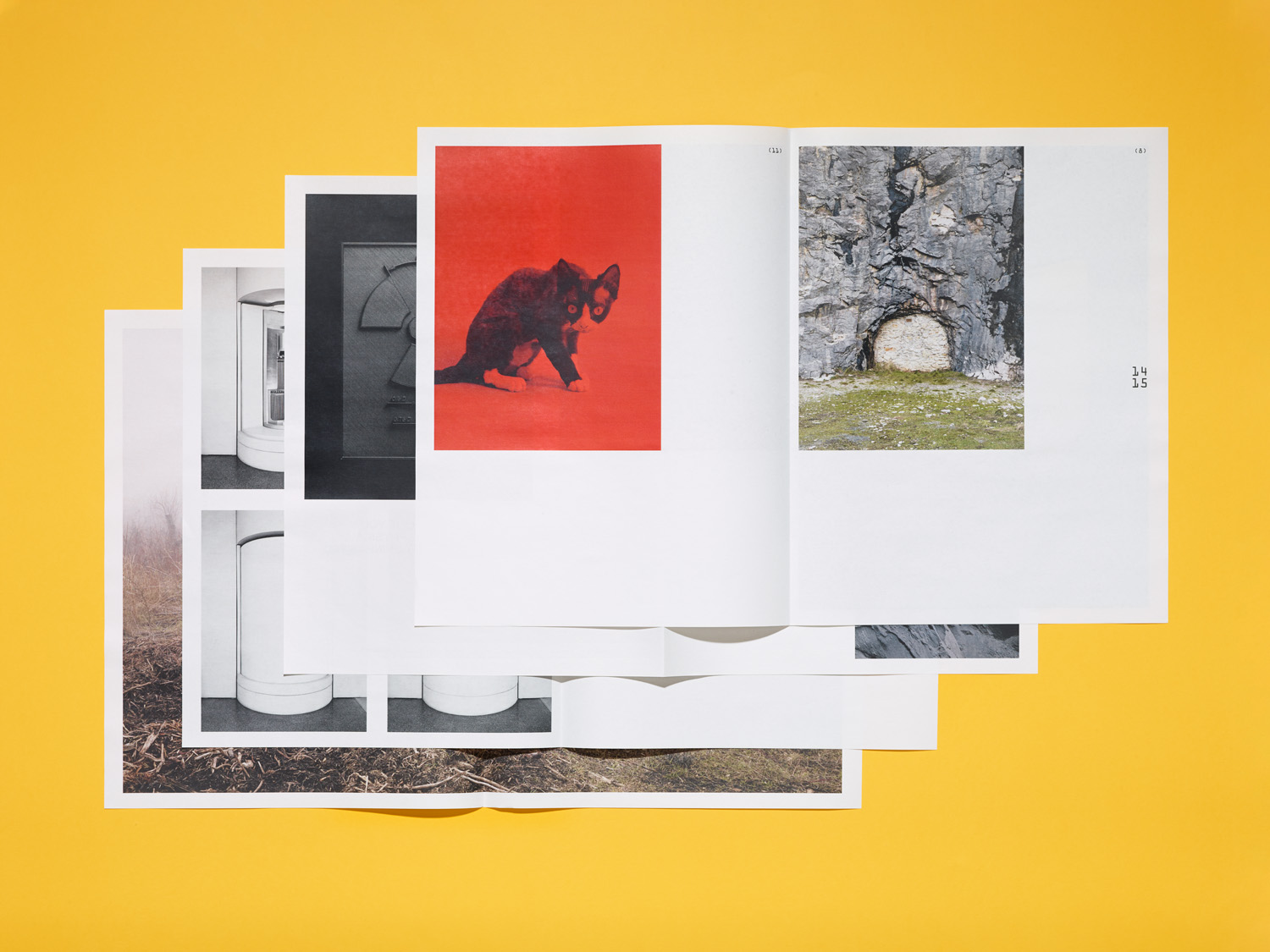/AEON 2018 – ONGOING
How can we protect future generations against highly radioactive waste, such as that produced in our nuclear power plants and in medicine, research and industry? They will pose a danger to life for hundreds of thousands of years to come. Beyond technical measures to ensure secure geological repositories, this also requires novel communicative solutions: future civilisations so distant that they are beyond our wildest imagination must be warned of the dangersposed by these sites. This raises fundamental questions of an anthropological nature – about the role of language and culture in the transmission of information over extremely long periods of time, but also about the almost uncontrollable human risk factor.The Swiss photographer and artist Marcel Rickli reflects on these pressing concerns in the form of a visual research Project in the field of tension between documentary photography and art. His latest work, AEON, contrasts the symbolic nature of nuclear semiotics with the factuality of repositories as they are planned and built today. The project illustrates the difficulty of defining signs that not only have a physical existence over an immensely long period of time, but whose meaning is also universal. It poses questions about the future of mankind, unites approaches from physics, futurology, anthropology and sociology and culminates in the simple and at the same time existential philosophical question: What endures? Text by Sascha Renner

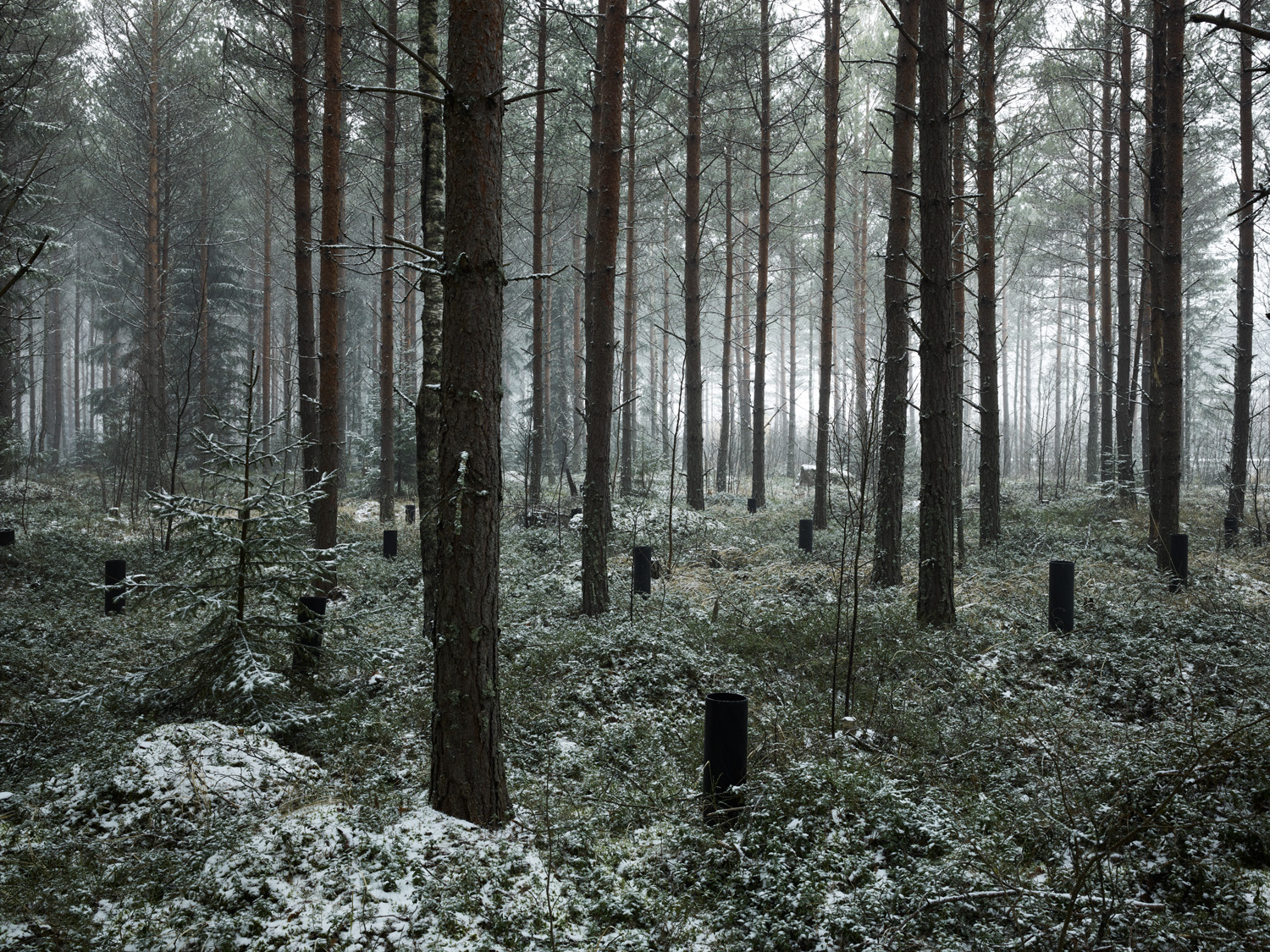
Wet Deposition Sampling Plot | Measuring stations for monitoring wet deposition during the construction of the ONKALO deep geological repository protrude from the forest floor. Rainwater and snow samples were collected and analyzed at measuring stations on Olkiluoto Island from 2003 to 2013 with the aim of determining whether emissions triggered by blasting and the supply of building materials during the construction phase have a negative impact on the forest. Increased aluminum and iron levels were detected in the spruce and pine needles near the dumping site for the excavated material; according to the final report by Posiva, this is not expected to have any long-term consequences for the Olkiluoto ecosystem.


 ONKALO I | The world’s first deep geological repository for highly radioactive waste is currently under construction on the island of Olkiluoto off the west coast of Finland. ONKALO, which means cavity or cave in Finnish, is scheduled to receive its operating permit in 2020 with storage commencing in the coming years. The spent fuels from the surrounding reactors, Olkiluoto 1-3 and those of the Loviisa nuclear power plant, will be stored at a depth of 400-450 m. Packed in copper canisters and embedded in granite, the waste should be safely stored for the next 100,000 years. The underground tunnel system with a length of approximately 60-70 km has a total capacity of 6500 tons, which corresponds to approximately 3250 canisters.
ONKALO I | The world’s first deep geological repository for highly radioactive waste is currently under construction on the island of Olkiluoto off the west coast of Finland. ONKALO, which means cavity or cave in Finnish, is scheduled to receive its operating permit in 2020 with storage commencing in the coming years. The spent fuels from the surrounding reactors, Olkiluoto 1-3 and those of the Loviisa nuclear power plant, will be stored at a depth of 400-450 m. Packed in copper canisters and embedded in granite, the waste should be safely stored for the next 100,000 years. The underground tunnel system with a length of approximately 60-70 km has a total capacity of 6500 tons, which corresponds to approximately 3250 canisters.
Shear Zone | The Mont Terri rock laboratory in Saint-Ursanne, Jura, is investigating whether radioactive waste can be safely stored in a clay rock, Opalinus Clay. A tectonic fissure runs through the rock laboratory, which was formed during the alpine folding of the rock strata of the Jura Mountains six million years ago. This geological shear zone provides an opportunity to study Opalinus Clay under extreme conditions. A suitable site for a deep geological repository should have as few shear zones as possible. The Federal Office of Topography swisstopo maintains the rock laboratory and is responsible for its safe operation. 21 project partners are involved in this international research project.


Marker Typology | Marking of repositories over a long period of time is a key problem. The threat posed by the waste they contain can persist for up to a million years. Signs need to be developed that will not only physically endure for that long, but whose significance will also be readily understood by future civilisations. Marcel Rickli searches for such signs and in doing so illustrates the formal vocabulary of deterrence. 3D-modelled renderings result in aggressive, threatening bodies. The markers are a reference to the concept of the “Spike Field” presented in the Sandia Report (A Visual Depiction of Various Design Options, in: Sandia Report, Expert Judgment on Markers to Deter Inadvertent Human Intrusion into the Waste Isolation Pilot Plant, 1993, p. 149). Their deterrent and dystopian effect is intended to prevent people from entering.



Ray Cat | How can we ensure that the people of the future retain the memory of a repository over an immensely long period of time? In 1984, the French author Françoise Bastide and the Italian semiotician Paolo Fabbri proposed the genetic modification of cats. In order to make radioactive radiation perceptible to humans, they recommended breeding animals that react to leaking repository with a discoloration of the skin. The role of this species as a radiation detector was to be established in the cultural tradition by the introduction of a suitable name – for example ray cat – and by anchoring their role in proverbs and myths.



Trüllikon | The final disposal of nuclear waste remains an unsolved problem worldwide. In Switzerland, investigations into deep geological repositories are being conducted under the leadership of Nagra (National Cooperative for the Disposal of Radioactive Waste), which was founded in 1972. At the time this photograph was taken, three potential sites for a deep repository facility have been evaluated on behalf of the Federal Council: Jura Ost (AG), Nördlich Lägern (ZH/AG) and Zürich Nordost (ZH/TG). Since spring 2019, Nagra has been carrying out initial test drillings in the Zurich North-East region near Trüllikon to investigate the properties of the underlying clay formation.
 Atomic Flower IV | On several occasions, semioticians and energy authorities have dealt with the central question of preserving data, knowledge and memories over generations – with partly pragmatic, partly fanciful solutions. The Polish philosopher and science-fiction author Stanisław Lem proposed breeding an ‘atomic flower’ which would only bloom if radioactivity were to escape from a repository. (Lem, 1990)
Atomic Flower IV | On several occasions, semioticians and energy authorities have dealt with the central question of preserving data, knowledge and memories over generations – with partly pragmatic, partly fanciful solutions. The Polish philosopher and science-fiction author Stanisław Lem proposed breeding an ‘atomic flower’ which would only bloom if radioactivity were to escape from a repository. (Lem, 1990)

Hurd Deep I | Hurd Deep lies just off the coast of the British Channel Island of Alderney. At 172 meters, this elongated trough is the deepest point in the English Channel. Its use as a nuclear waste disposal site for low-level radioactive waste between 1950 and 1963 has been acknowledged by the International Atomic Energy Agency (IAEA). According to the IAEA, more than 17,000 tons of radioactive material in approximately 28,500 barrels have been dumped in Hurd Deep. It was assumed that the barrels would rust through within a very short period of time and that the radioactive material would disperse over a large area in keeping with the motto, “Dilution is the solution to pollution.» This inexpensive approach was practiced on a large scale for decades throughout the world and was first declared illegal in 1993 after spectacular protests by Greenpeace. In 2012, a film team from SWR (a German television station) caused a sensation when it came across two intact barrels at a depth of 124 meters and called the success of this practice into question.
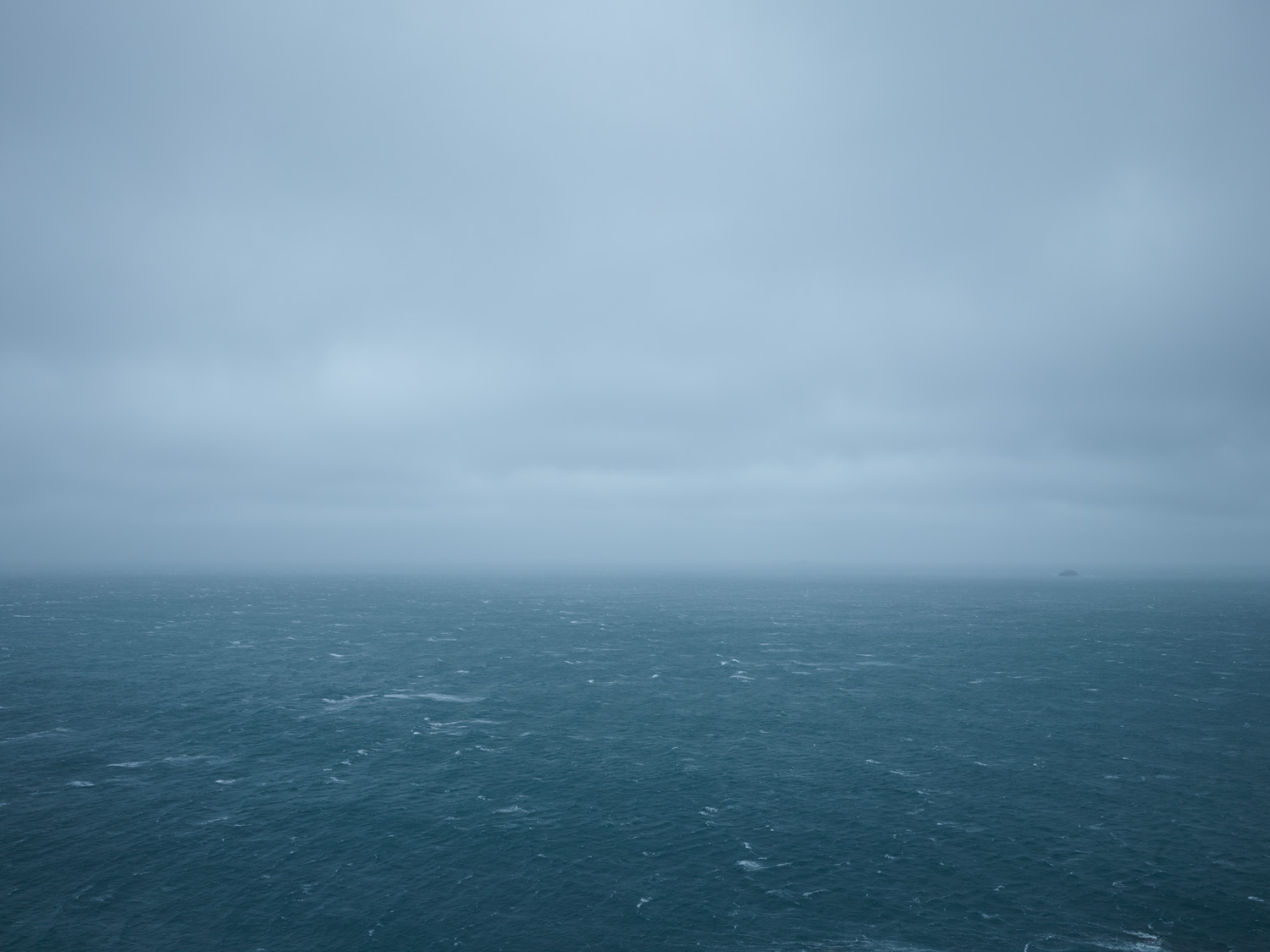


Menhir | This 30-ton boulder was erected in August 2018 as a protest and memorial against a possible repository in Marthalen, Switzerland. The initiators were members of the association Like (Ländliche IG Kein Endlager im Weinland).





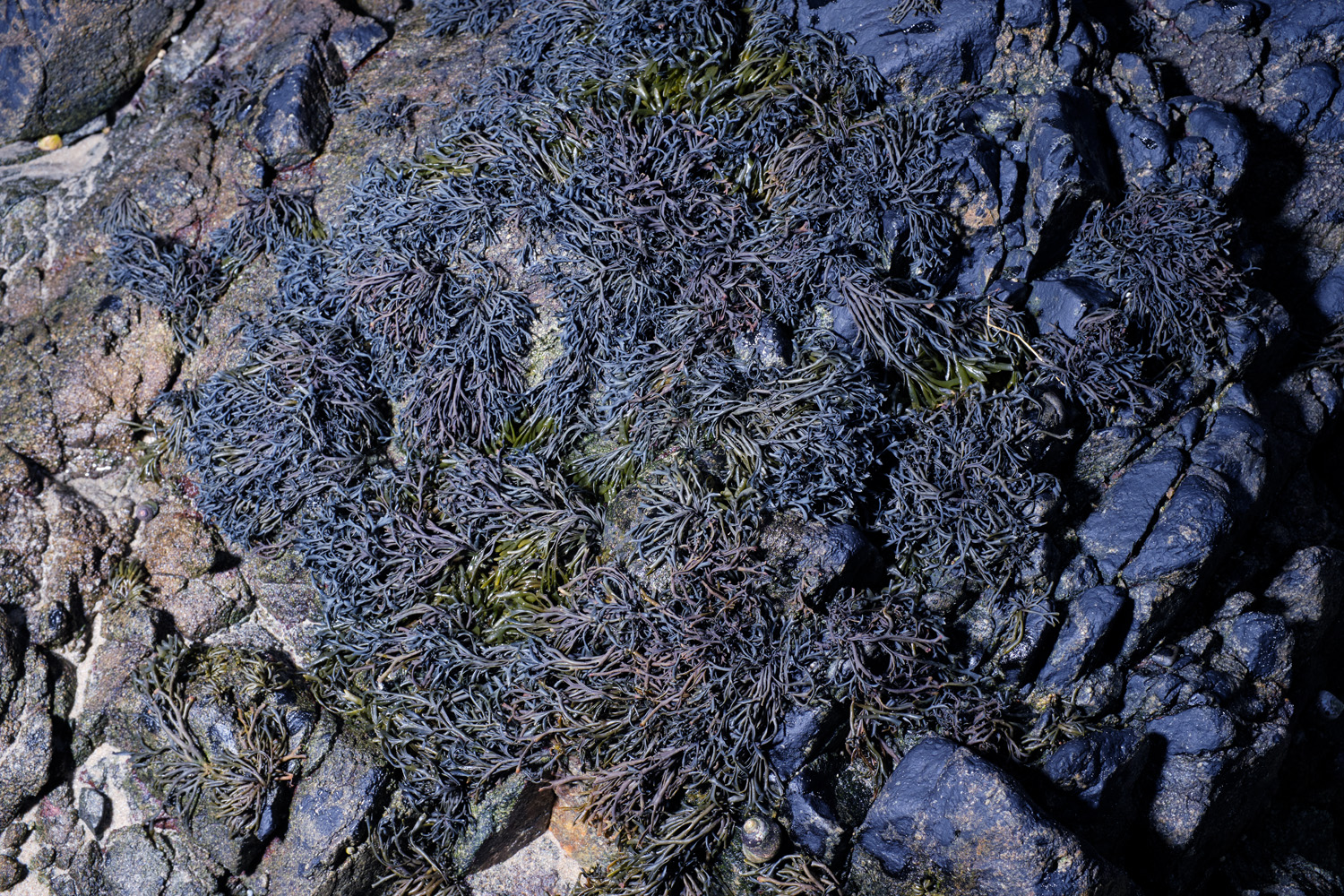



 Bore Head | Exploratory boreholes for deep geological repositories which reach a depth of 2000 meters are currently being drilled at various sites in Switzerland as part of the waste disposal certification process. The thickness, permeability and composition of the Opalinus Clay are among the properties under investigation.
Bore Head | Exploratory boreholes for deep geological repositories which reach a depth of 2000 meters are currently being drilled at various sites in Switzerland as part of the waste disposal certification process. The thickness, permeability and composition of the Opalinus Clay are among the properties under investigation.
 Drill Cores | The Grimsel rock laboratory is using drill core samples to investigate the geological composition of the host rock and the layers above and below it.
Drill Cores | The Grimsel rock laboratory is using drill core samples to investigate the geological composition of the host rock and the layers above and below it.



Opalinus Clay | Opalinus Clay is being considered as a host rock for a future deep geological repository in Switzerland. The low hydraulic conductivity and the self-sealing effect help to keep the water away from the waste containers and to contain the transport of radionuclides. The Opalinus Clay formation is easy to mine at the Swiss Mont Terri rock laboratory, located 300 metres underground at the level of the Mont Terri motorway tunnel, making the site attractive for research..

 VLJ Repository | The VLJ Repository is a repository for low and intermediate-level radioactive waste at the site of the Olkiluoto power plant which has been in operation since 1992. The plant is located at a depth of 60-100 meters and has two silos with a total capacity of 8,500 m³. The waste, which consists primarily of contaminated material from the operation of the nuclear power plant surrounding the repository, is poured into 200 liter drums with bitumen and cement and stored inside the silos in concrete blocks with 16 drums each. ONKALO, the world's first deep geological repository for high-level radioactive waste, is currently being constructed in the immediate vicinity.
VLJ Repository | The VLJ Repository is a repository for low and intermediate-level radioactive waste at the site of the Olkiluoto power plant which has been in operation since 1992. The plant is located at a depth of 60-100 meters and has two silos with a total capacity of 8,500 m³. The waste, which consists primarily of contaminated material from the operation of the nuclear power plant surrounding the repository, is poured into 200 liter drums with bitumen and cement and stored inside the silos in concrete blocks with 16 drums each. ONKALO, the world's first deep geological repository for high-level radioactive waste, is currently being constructed in the immediate vicinity.




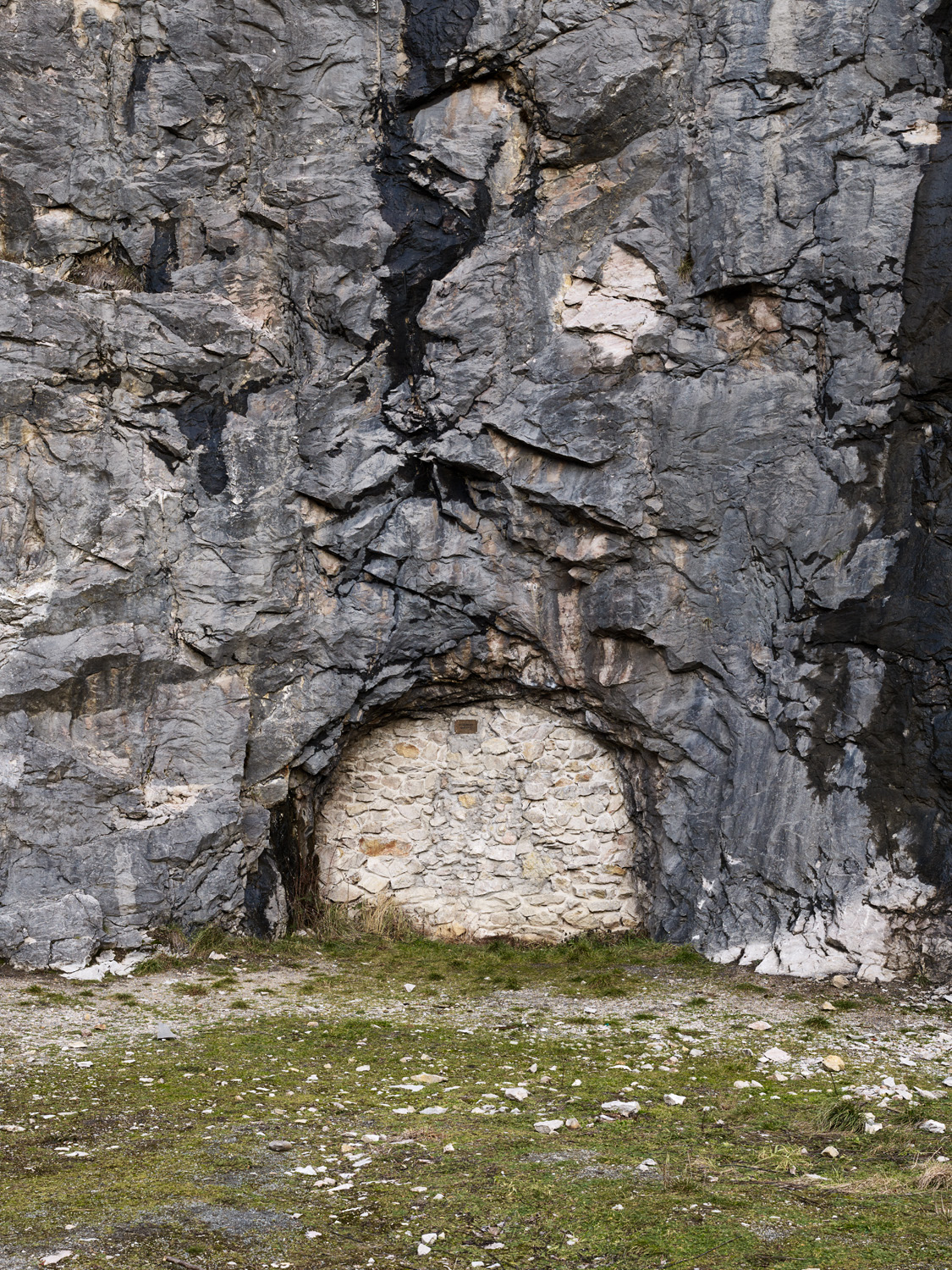 Sealing | The Hostim I repository for low- and intermediate-level radioactive waste in the Czech Republic is located in a nature reserve. Between 1959 and 1964, nuclear waste was deposited in the former limestone mine. The repository has a volume of around 1,630 sqm and was converted to permanent containment in 1997. The two tunnels were filled with a concrete mixture and sealed. Limestone is an extremely porous and hydraulically conductive rock which, according to the Federal Environment Agency of Austria, which was involved in a strategic environmental assessment of Czech repositories, “is basically to be regarded as a poor geological barrier”.
Sealing | The Hostim I repository for low- and intermediate-level radioactive waste in the Czech Republic is located in a nature reserve. Between 1959 and 1964, nuclear waste was deposited in the former limestone mine. The repository has a volume of around 1,630 sqm and was converted to permanent containment in 1997. The two tunnels were filled with a concrete mixture and sealed. Limestone is an extremely porous and hydraulically conductive rock which, according to the Federal Environment Agency of Austria, which was involved in a strategic environmental assessment of Czech repositories, “is basically to be regarded as a poor geological barrier”.
COALMINE (Solo), Winterthur, CH, 2019 - 2020


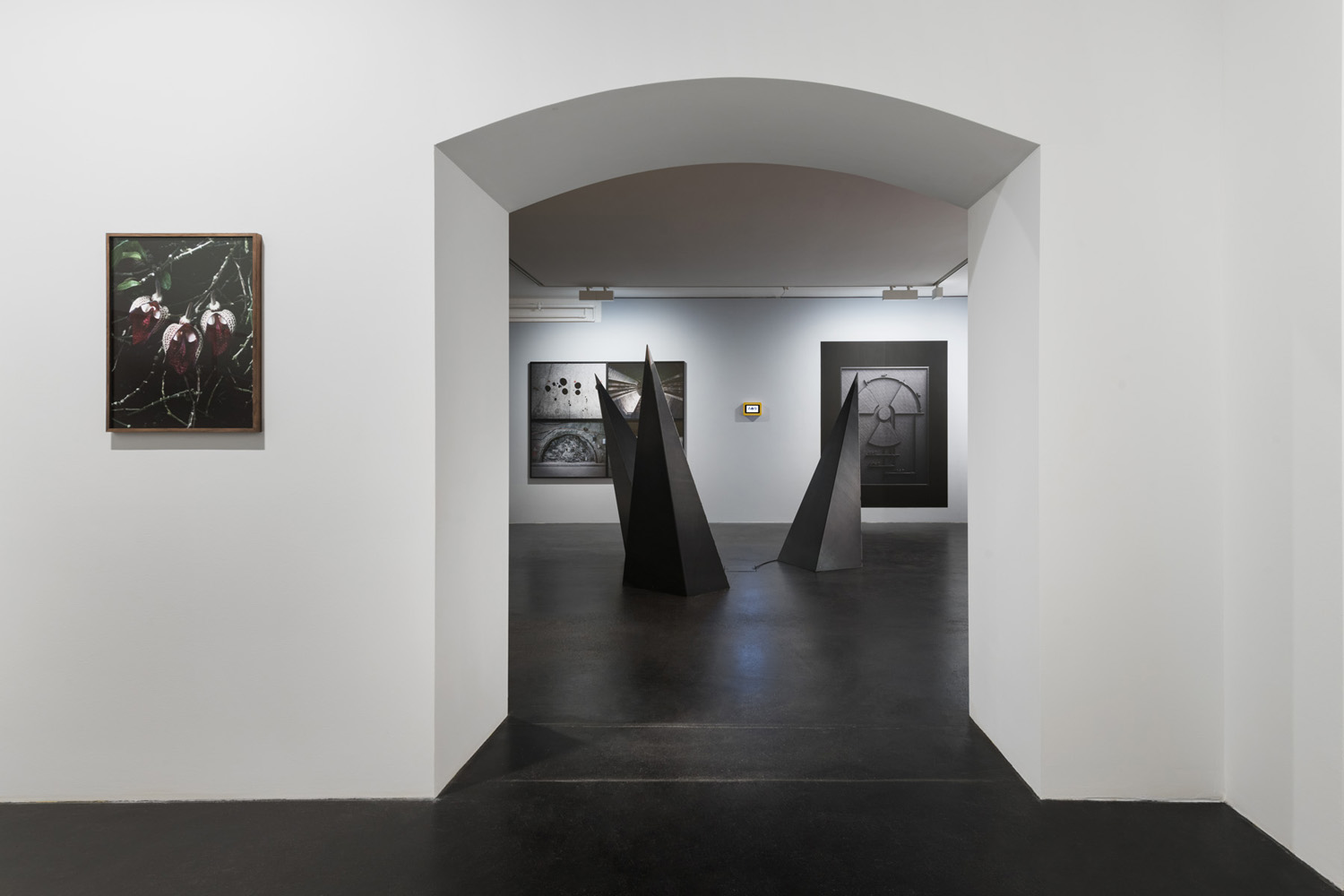

Belfast Photo Festival, Belfast Exposed (Solo), UK, 2021 ©Belfast Exposed




Athens Photo Festival, Benaki Museum, GR, 2020


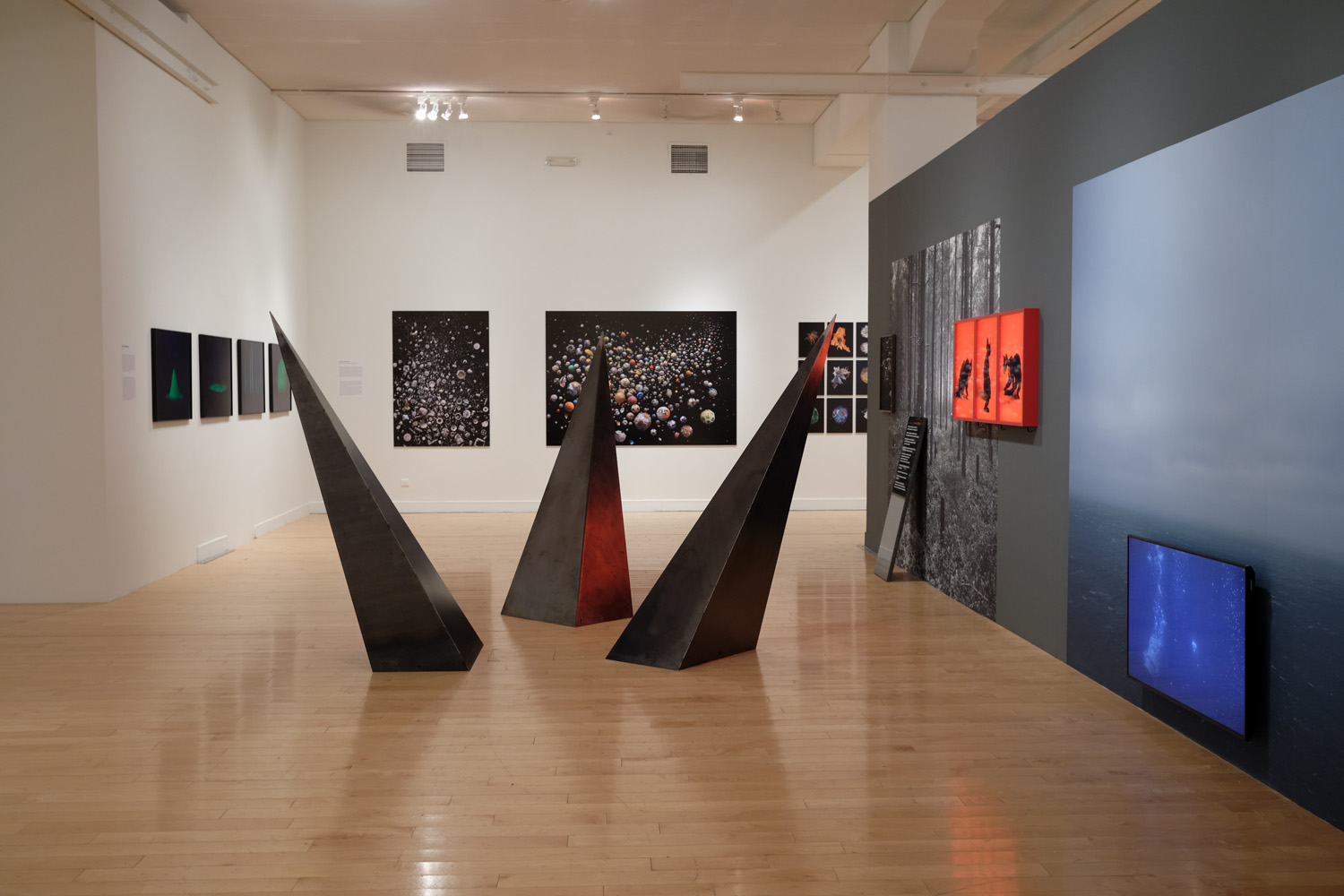
FORMAT21 Festival, Derby, UK, Online Exhibition, 2021





Prix Photoforum 20, Photoforum Pasquart, Biel/Bienne, CH, 2021, ©Léonard Rossi


Month of Photography Minsk, BY, 2020, ©MFM


Fotofestiwal Łódź, Art Inkubator, PL, 2020


Publication, COALMINE Winterthur, 2019




